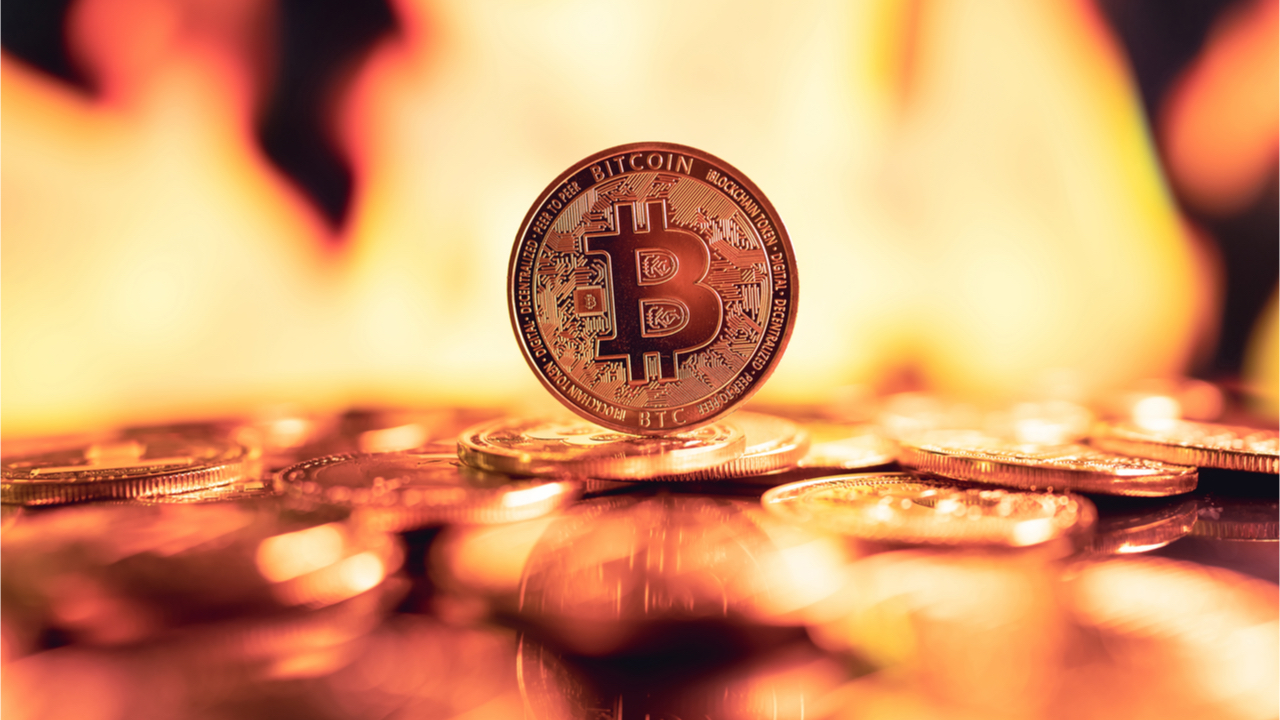

In recent times, cryptocurrencies that burn tokens have been very popular and a number of well known blockchain projects have destroyed large sums of digital assets. While a number of crypto projects have different burn schemes, the overall effect is usually the same, as destroying tokens reduces the circulating supply.
Blockchain Projects Burn Tokens for Specific Benefits and Objectives
Burning tokens has been a popular trend and articles often highlight specific projects like Ethereum, Terra, Shiba Inu, and many more that have destroyed large sums of native tokens.Six days ago, Bitcoin.com News reported on the Shiba Inu (SHIB) developers launching a burn portal, which allows shiba inu holders to burn their stash of SHIB. In that particular case, SHIB burners are rewarded for destroying their tokens. SHIB currently has a burn rate of around 180.18% during the past 24 hours.$SHIB burn portal is a huge success!👺🔥
— Shiba Inu to $1 (@ShibInform) April 28, 2022
During the first week of November 2021, the Terra (LUNA) team of developers burned 88.7 million LUNA and projects like Ethereum (ETH) burn native tokens every minute of the day. For instance, after the implementation of the Ethereum Improvement Proposal (EIP) 1559, more than 2.17 million ether has been destroyed forever.1/ The on-chain votes for proposals 133 and 134 to burn the 88.675 million Pre-Col-5 $LUNA in the Community Pool (~$4.5 billion), swapping for $UST using the on-chain swap, and reducing the oracle_rewards_pool distribution window from 3 to 2 years have now passed!
— Terra (UST) 🌍 Powered by LUNA 🌕 (@terra_money) November 10, 2021
Just like SHIB, Ethereum has a burn rate as well, as metrics show over the last 60 minutes, 135 ether was burned, and during the last 24 hours, 4,477 ETH has been destroyed. The Binance digital asset BNB has a scheduled burn process and the project has destroyed coins to reduce the overall supply.76,100 #BNB ($35,060,900) has been burned since the BEP-95 real-time burning upgrade 🔥
— BurnBNB (@BurnBNB) April 27, 2022















+ There are no comments
Add yours